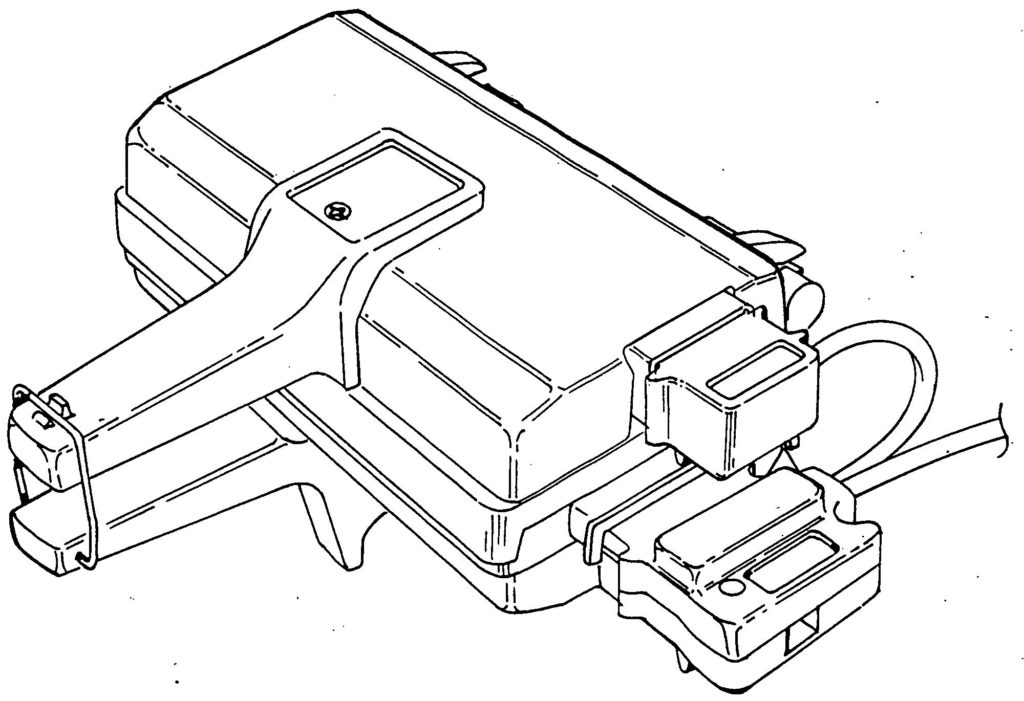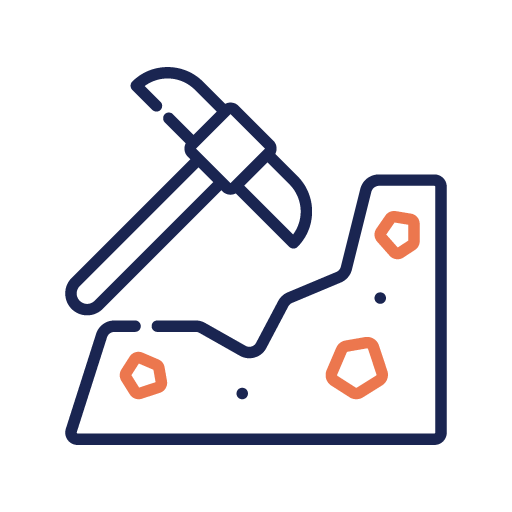Registered Design Brisbane.
Filing a registered design protects the appearance, shape, configuration, pattern or ornamentation of new products. Kings Patent & Trade Marks Attorneys are experts in design registration, ensuring the products you develop will always remain distinctively your own.
What is Design Registration?
A design registration protects the visual appearance of a new and distinctive product. A registered design protects the overall design, which can be a combination of visual features including its shape, pattern, ornamentation and configuration. The registration provides its owner with a legal right to exclude others from the unauthorised commercialisation of a design that is identical or substantially similar in appearance.
Generally, the appearance or configuration of any handmade or manufactured product may be protected by a design registration. The new registered design must be distinctive and not substantially similar to that of previously known products.
Important Information About Filing A Registered Design
The protection offered by design registration is limited to the visual appearance of a product. That is, it does not protect functional aspects of a product or process. If you would like to protect the function of your product, you will need to pursue the patent process.
Conversely, a registered patent does not protect a product from improvements that come about due changes in its appearance. This can only be achieved through the registered design process. For these reasons, it is important for most individuals and businesses to hold both a design registration and patent for their product(s). This ensures products are protected from both a functional and design standpoint.
At Kings Patent & Trade Marks Attorneys, we are experienced IP lawyers in the preparation and filing of registered design applications. We work with clients both big and small, providing design registration advice, portfolio management and prosecution assistance.

Pictured: Breville have long protected their products using Registered Designs, including this sandwich press from the 1980s
Useful Links:
- Obtaining design protection Australia wide and/ or overseas; and
- Australian design application process
If you would like more information around registered design application filing and Australia wide protection for your brand, please contact us to arrange your free consultation.
A design registration protects features of the appearance of a product. Namely, the shape, configuration, pattern or ornamentation may be included in the registration. A registered design does not provide protection in relation to the construction or function of a product. A design registration should be thought of as being limited to visual appearance. The Designs Act (2003) allows for components of complex products to have their own design registration, but those registrations will be subject to a “right of repair” infringement exemption.
An Australian design registration has an effect throughout the whole of Australia.
To obtain a valid design registration, there should not have been any public disclosure of the design prior to filing the application.
When filing to register a design, the application must be accompanied by representations of the product which clearly identify the design features for which protection is being sought. These representations are typically in the form of technical drawings, but photographs may suffice in some cases.
Upon filing, the registered design Brisbane application will undergo a check to ensure all information is present. If the formalities are in order, the design will be registered. The owner of an unexamined design registration will be unable to commence infringement proceedings against other parties until the registration has been examined and certified.
Examination of a design can be requested at any time after registration. If the design is found to be “new and distinctive” and not “substantially similar in overall impression” to earlier designs, a Certificate of Examination will be issued. If the design fails to meet these requirements, the design registration will be revoked.
Australian design registrations are valid for a 10 year period, subject to the payment of a renewal fee five years from the date you filed your application for registration.
Most countries have laws which permit the registration of a design. Registrations are granted by either the Patent or Designs Offices of individual countries. Australian design registrations do not extend internationally. Consequently, individuals and businesses with unique product designs will need to file design registrations in the countries where protection is required. Overseas design applications are usually filed on a country-by-country basis, with the design being registered in each individual country or region. The European Community can be covered by a single Community Design Registration.
Prior to filing in foreign regions, checks should be made to ensure the appearance of the product constitutes a registered design. For example, only ornamental designs are registrable in the United States of America. Speak to your Attorney about the design requirements for the regions where you will be seeking protections.
Overseas design applications can claim priority from an Australian design application. However, the overseas design must be filed within six months of filing the Australian application.
Need more information in regards to Registered Design? Contact Us Today
Our Experienced Team

Jack King-Scott, PHD - Director
PATENT AND TRADE MARKS ATTORNEY (AUS & NZ)
Jack is a registered Australian and New Zealand patent attorney as well as a registered Australian trade marks attorney.

Clinton Priddle - Director
PATENT AND TRADE MARKS ATTORNEY (AUS & NZ)
Clinton is a registered Australian and New Zealand patent attorney as well as a registered Australian trade marks attorney.

Jonathan Lewis
PATENT AND TRADE MARKS ATTORNEY (AUS & NZ)
Jonathan is a registered Australian and New Zealand patent attorney as well as a registered Australian trade marks attorney.

Yang Zhao
PATENT AND TRADE MARKS PROFESSIONAL
Yang is completing his qualifications to become a patent attorney as well as a trade marks attorney.

Tahlia Dimech
TRADE MARKS ATTORNEY (AUS & NZ), PATENT PROFESSIONAL
Tahlia is a registered Australian and New Zealand trade marks attorney and is completing her qualifications to become a patent attorney.

Chloe Taylor
PATENT AND TRADE MARKS PROFESSIONAL
Chloe became interested in intellectual property and is on the way to become a registered Patent Attorney.
Industries Our Registered Design Attorney Australia Wide Team Service

Mechanical Engineering
- Mechanical & Electrical Devices
- Medical Devices
- Mining Engineering
- Control Systems
- Manufacturing Technology

Life Sciences
- Biochemistry
- Molecular Biology
- Immunology
- Microbiology
- Protein Crystallography & Bioinformatics

Software & ICT
- Apps
- Cloud-Based Computing
- Business Methods
- Physics & Electrical Engineering
- Telecommunications Engineering

Mining Technologies
- Mineral Processing Technologies
- Mining Methods
- Heavy Equipment (e.g. Excavator Buckets)
- Tailings Treatment & Disposal

